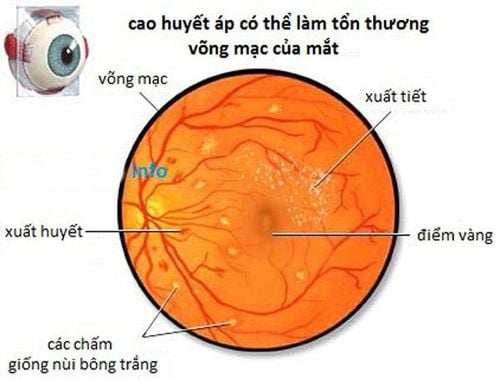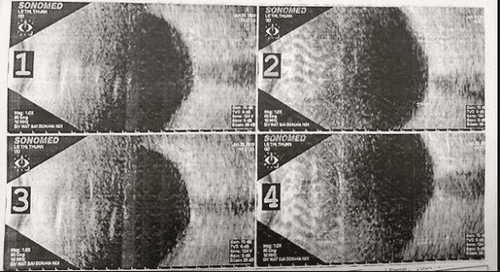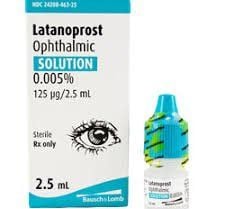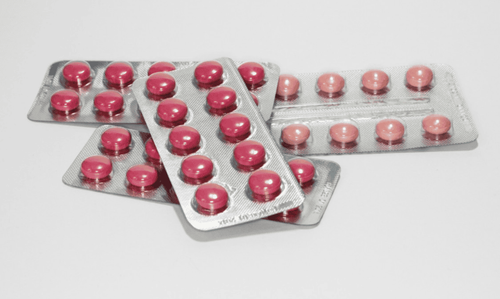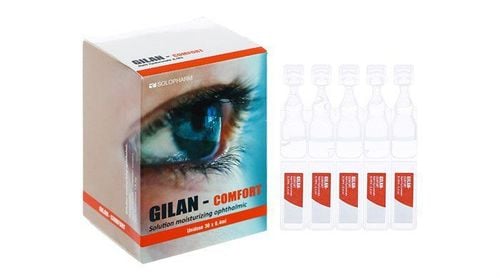This is an automatically translated article.
The article was professionally consulted with Specialist Doctor I Nguyen Thi Bich Nhi - Ophthalmologist - General Surgery Department - Vinmec Nha Trang International General Hospital.Corneal dystrophy is a rare genetic disease of the cornea in which one or more parts of the clear outer layer of the eye (cornea) lose their normal clarity as a result of accumulation of the cornea. cloudy accumulation. Some people with corneal dystrophy may have no symptoms, while others may have significantly impaired vision.
1. Causes of corneal dystrophy
Corneal dystrophy is a group of diseases that affect the cornea usually in both eyes, are progressive, hereditary, and are not associated with inflammation. The age of onset depends on the visual features of each dystrophy and varies between the first 10 and 40 years of life.Classification of corneal dystrophy has many ways, but the most common and convenient is still anatomical classification with the following main types of dystrophy:
Epithelial dystrophy includes the following types:
Meesmann dystrophy Microcystic dystrophy Cogan Reis-Býcklers Schnyder's crystalline dystrophy Parenchymal dystrophy includes:
Reticular dystrophy types I, II, III Granular dystrophy (Groenouw I) type I, II, III Spotted dystrophy (Groenouw II) types I, II. Endothelial and Descemet's dystrophies include:
Fuchs endothelial dystrophy. Polymorphic posterior dystrophy Hereditary endothelial dystrophy.
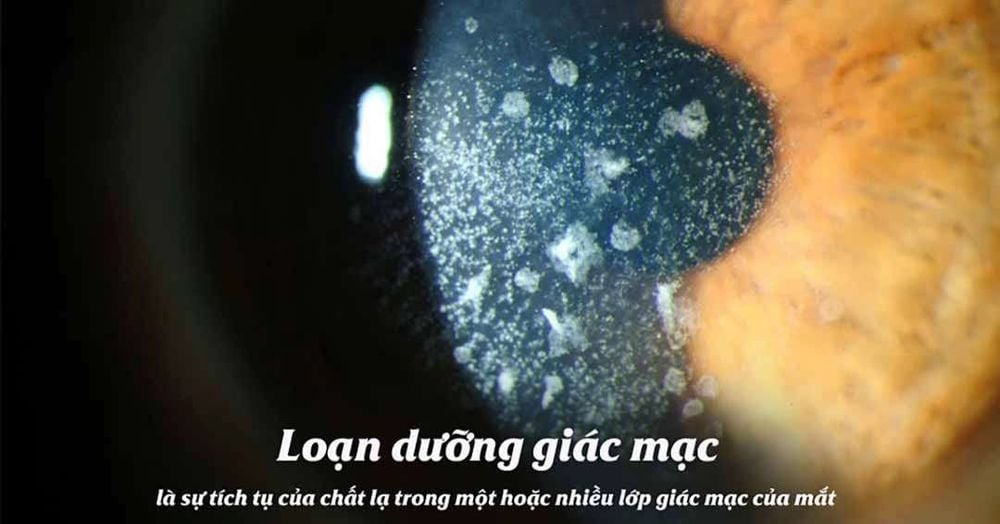
Loạn dưỡng giác mạc
2. Symptoms of Corneal Dystrophy
Some people with corneal dystrophy may have no symptoms, while others may have significantly impaired vision. Specific symptoms can vary, depending on the type and age of development. However, there are some common features of corneal dystrophy :Corneal dystrophy is often hereditary , such as injury or diet Most develop gradually Most do not affect other areas of the body Most can occur in healthy people, men or women (except dysmenorrhea) Fuchs corneal dystrophy, which affects three times more women than men) Many forms of corneal dystrophy are characterized by recurrent corneal erosions. In this condition, the epithelium, the outermost layer of the cornea, is constantly not sticking to the eye properly.
People with recurrent corneal erosions may experience severe discomfort or pain, unusual sensitivity to light (photophobia), sensation of dirt or eyelashes in the eye, or blurred vision.
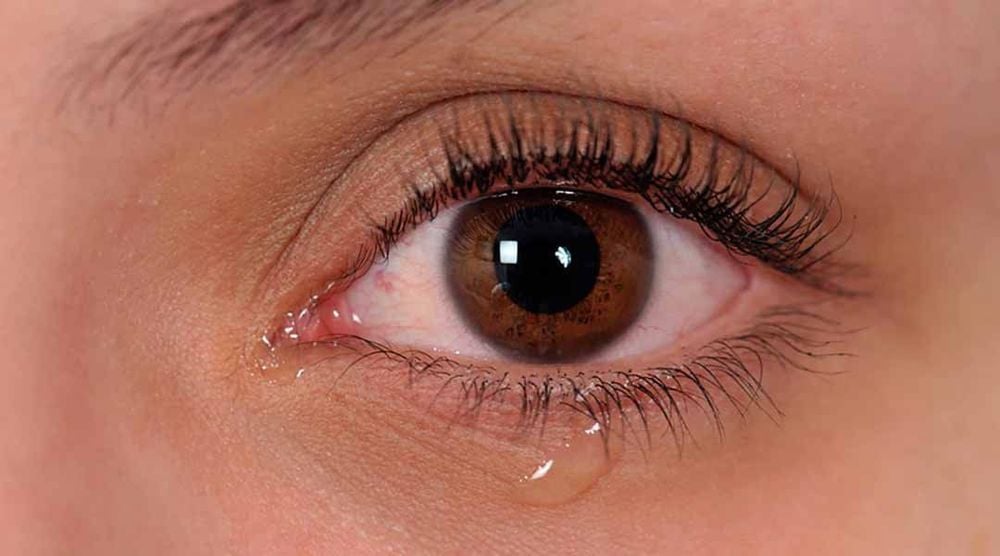
Nhiều dạng loạn dưỡng giác mạc được đặc trưng bởi sự xói mòn giác mạc tái phát.
3. Treatment of corneal dystrophy
Treatment depends on the symptoms as well as the cause:If there are no symptoms or only mild symptoms, the doctor may decide to postpone treatment and monitor regularly to know the progress of the disease . Conservative treatment for this condition may include eye drops and ointments. Recurrent corneal regurgitation can be treated with lubricating eye drops, hypertonic saline, ointments, antibiotics, or contact lenses. If symptoms are severe or progressive, a corneal transplant, also known as keratoplasty, may be necessary. Although corneal transplants are effective in treating the symptoms of corneal dystrophy, the risk of cornea (grafting) may be affected by this disease. With hereditary corneal dystrophy, the specific treatment regimen is usually:
Medical treatment: Because it is an inherited disease, so far, there is no drug that can successfully treat it. effective in the treatment of symptoms occurring during disease progression or in the presence of superinfection. Commonly used drugs are antibiotics, anti-inflammatory, vitamins (groups A, B, C) and other corneal nutrients (such as keratin, vitacic...). Surgical treatment: To date, corneal transplantation is the only effective method for the treatment of hereditary forms of corneal dystrophy with a very low graft rejection rate and almost no recurrent dystrophy. on the puzzle piece. Depending on each case, it is possible to choose the method of penetrating corneal transplant, deep layer corneal transplant or corneal endothelial transplantation. Gene therapy: This is a treatment that is being studied, with the aim of replacing diseased genes with healthy genes.

Cho đến nay, phẫu thuật ghép giác mạc là phương pháp duy nhất có hiệu quả điều trị các hình thái loạn dưỡng giác mạc di truyền
Vinmec International General Hospital with a system of modern facilities, medical equipment and a team of experts and doctors with many years of experience in medical examination and treatment, patients can rest assured to visit. examination and treatment of corneal dystrophy at the hospital.
Please dial HOTLINE for more information or register for an appointment HERE. Download MyVinmec app to make appointments faster and to manage your bookings easily.





